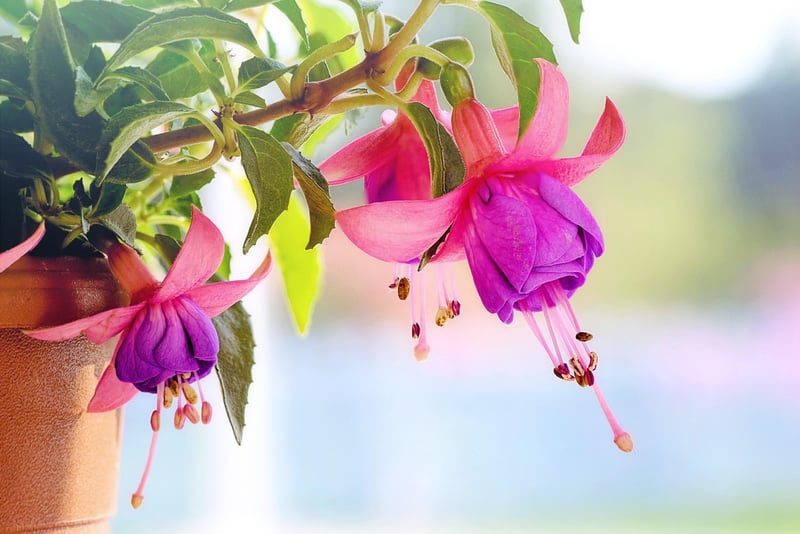Hanging Gardens
Utilizing Vertical Space for Greenery: The Beauty of Hanging Gardens
In today's urban landscapes where space is a premium, incorporating greenery can sometimes be a challenge. However, there is a growing trend that not only adds a touch of nature but also maximizes space efficaciously - hanging gardens. These vertical installations are not only visually stunning but also offer a myriad of benefits for both indoor and outdoor environments.
The Benefits of Hanging Gardens:
- Space Optimization: Hanging gardens make use of vertical space, allowing greenery to thrive in areas where traditional gardens may not be feasible.
- Aesthetically Pleasing: These gardens create a visually striking display that adds a touch of nature to any setting.
- Improved Air Quality: Plants in hanging gardens help purify the air by absorbing pollutants and releasing oxygen.
- Reduced Stress: Being around greenery has been shown to reduce stress levels and promote a sense of well-being.
- Temperature Regulation: Hanging gardens can help cool indoor spaces by providing shade and reducing the heat island effect in urban areas.
Types of Hanging Gardens:
There are various styles of hanging gardens that can be incorporated into different spaces:
- Vertical Wall Gardens: These gardens utilize vertical walls to grow plants, creating a lush green backdrop.
- Hanging Pot Gardens: Plants in pots or containers are suspended from ceilings or structures, adding a dynamic element to the space.
- Hanging Kokedama: This Japanese technique involves wrapping plant roots in moss and suspending them, creating a unique hanging garden.
Creating Your Own Hanging Garden:
Interested in incorporating a hanging garden into your space? Here are some steps to get you started:
- Choose Your Plants: Select plants that thrive in your environment and suit the light conditions of the chosen location.
- Select Containers: Opt for containers that have proper drainage and are suitable for the size of the plants.
- Secure Hanging Mechanism: Ensure the hanging system is secure and can support the weight of the plants.
- Regular Maintenance: Water and fertilize your plants as needed, and prune them to maintain healthy growth.
Embracing the beauty of hanging gardens not only enhances your surroundings but also contributes to a greener, more sustainable environment. So, why not elevate your greenery game and bring life to new heights with a stunning hanging garden?

Image Source: Pixabay
